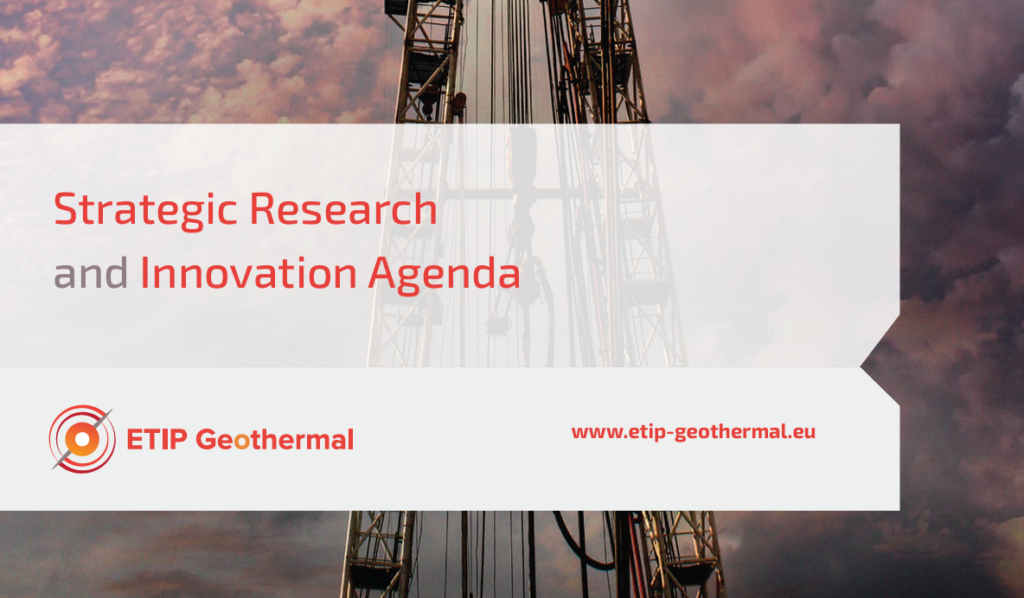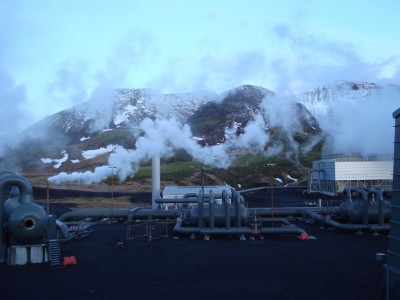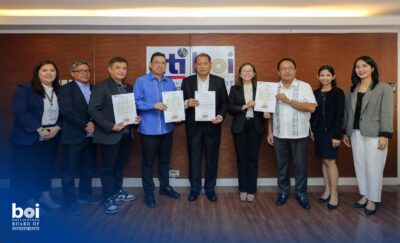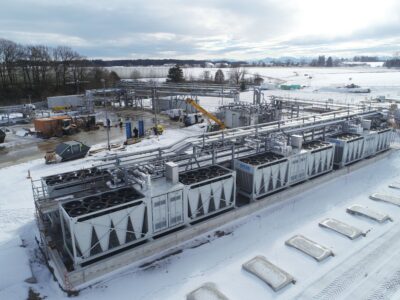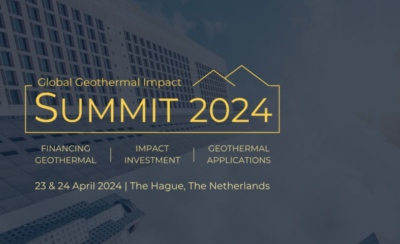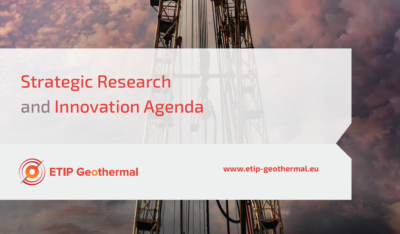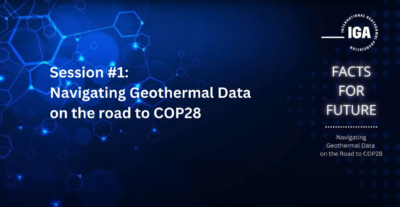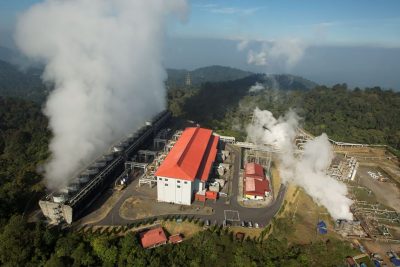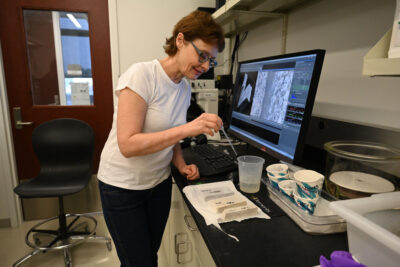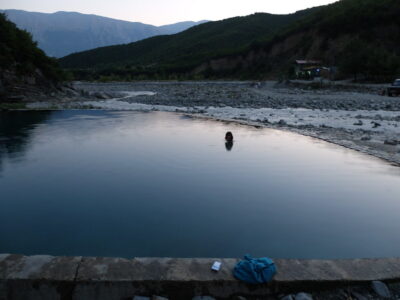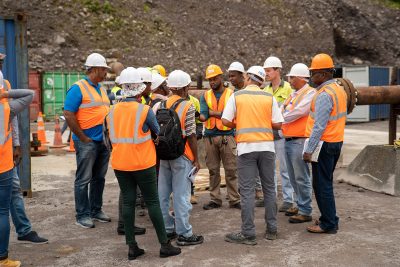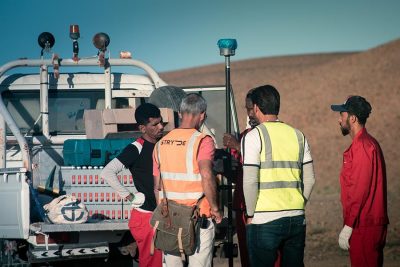ETIP Geothermal publishes Strategic Research and Innovation Agenda
ETIP-G has published the Strategic Research and Innovation Agenda for Geothermal Technologies outlining research and innovation initiatives to facilitate geothermal deployment.
The European Technology and Innovation Platform on Geothermal (ETIP-G) has published the “Strategic Research and Innovation Agenda for Geothermal Technologies.” The report aims to shape the strategic plan for research and innovation (R&I) in the geothermal sector and outline research priorities in the coming decades.
The full “Strategic Research and Innovation Agenda for Geothermal Technologies” document can be accessed via this link.
To facilitate further geothermal deployment, R&I of improved next-generation geothermal systems and technologies are key for new applications, markets, and meeting deployment in the EU for the 2050 milestone. The Strategic Research and Innovation Agenda (SRIA) recommends actions and research priorities that should be addressed to achieve the key technological and transversal challenges that could make the vision a solid reality between now and 2050.
“The ETIP geothermal members have done immense work to write this Strategic Research and Innovation Agenda on geothermal technologies. I want to thank all of them. The merger with the RHC-Plaform geothermal panel from 2023 has even strengthened the power of the ETIP and made it a unique and relevant platform for geothermal R&I. Developing these technologies will make geothermal the key energy source of the transition towards climate neutrality by 2050,” said Fausto Batini, ETIP Geothermal President.
The SRIA presents the following research priorities:
- Resource assessment – This focuses primarily on minimizing pre-drilling risks, extending the scope of available resources, and refining the methods for identifying and exploiting untapped geothermal potential. The technologies and research initiatives encompass cost-effective exploration methods, improved reservoir characterization and performance assessment workflows, and incorporation of advanced conceptual models and characterization techniques.
- Drilling and subsurface engineering – The section focuses on cost reduction of drilling operations and development of innovative concepts. The cost of drilling, particularly during the early phase of geothermal project development, underscores the need to reduce these costs and introduce novel technologies. The topics in this section span drilling and well completion technologies, ranging from integration of robotic and AI-assisted drilling methods to optimizing rate of penetration. The section also touches on improvements in drilling fluids, new materials for casing and completion, enhancement of well construction, and new monitoring and geosteering technologies.
- Resource use and management – The section focuses on maximizing the use of geothermal resources whether through increasing overall energy efficiency , value-adding operations like extraction of critical minerals, or coupling of geothermal energy use with underground heat storage.
- Environmental and market challenges – The section underscores the importance of enhancing the environmental sustainability of geothermal power and heat system throughout their lifecycle. It also aims to address the challenges to the market uptake of geothermal projects such as the initial high investment costs, regulatory hurdles, and public perceptions of environmental impacts.
A key message of the SRIA is that it is not only necessary to strengthen R&I private investments but also to increase the public funding budget for R&I projects at the European, national and regional levels.
Source: ETIP Geothermal
